1. Thanksgiving – Massachusetts
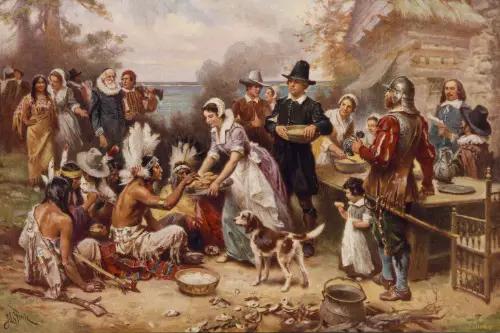
Thanksgiving is a staple of American culture today, but it all started in Massachusetts. The Pilgrims celebrated the first feast in 1621 in Plymouth, marking a moment of unity with the Native Americans, according to the National Archives Museum. It wasn’t until President Abraham Lincoln declared Thanksgiving a national holiday in 1863 that it became widespread. While the holiday has evolved over the centuries, its roots in Massachusetts remain central to the tradition we know today.
From the early harvest celebrations to the turkey dinners and family gatherings, Thanksgiving quickly spread across the country. It’s a time when Americans reflect on what they’re grateful for, often leading to community meals and volunteering. No matter where you’re from, the tradition has become something uniting people from all walks of life. Massachusetts may have started it, but every state has embraced it, making it a truly national occasion.
2. Halloween – Illinois
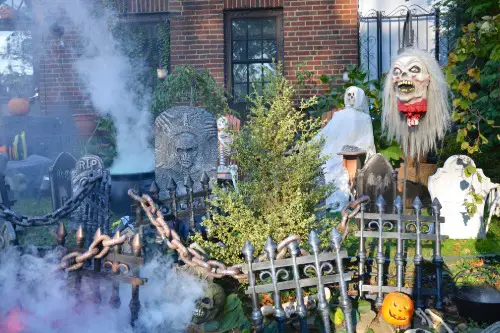
While Halloween as we know it today, complete with costumes and trick-or-treating, is a nationwide event, its modern version owes a lot to Illinois. In the 1920s, Chicago played a pivotal role in popularizing the tradition of trick-or-treating, according to NPR Illinois. This spooky celebration of costumes and candy quickly spread throughout the country thanks to the city’s large immigrant population, especially Irish immigrants. Chicago’s Halloween parades and festivities were instrumental in shaping the event’s national appeal.
What started in Chicago as a more community-centered festivity gradually became a massive commercial holiday. Children dressing up and going door-to-door for candy has become the norm across the U.S. The spooky season also brings together communities in ways that weren’t originally anticipated, like haunted houses and pumpkin patches. Halloween’s spread is a testament to how regional customs can take hold and grow into nationwide traditions.
3. The Fourth of July Fireworks – New York
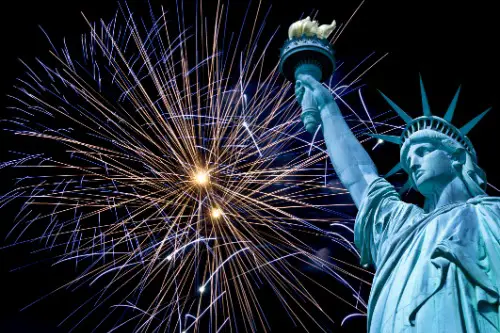
The tradition of celebrating Independence Day with fireworks was popularized in New York. On July 4, 1777, just one year after the Declaration of Independence was signed, fireworks were used to mark the first official celebration of the nation’s birthday, according to Sarah Laskow from Smithsonian Magazine. The spectacular display in Philadelphia inspired many states to adopt the same tradition. In New York, the fireworks displays became more elaborate and were soon adopted nationwide.
Today, fireworks on the Fourth of July are synonymous with American patriotism, lighting up skies from coast to coast. People gather in parks, along rivers, and in town squares to enjoy the show. What started as a local tradition has become a hallmark of the national celebration. The fireworks display serves as a reminder of the nation’s independence and pride.
4. Barbecue – North Carolina
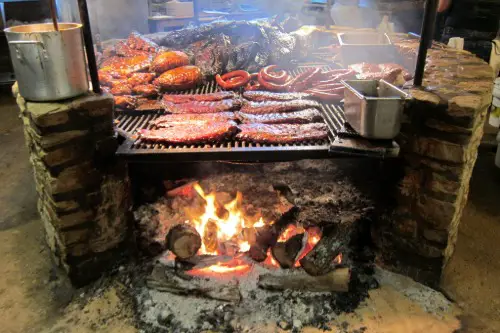
When we think of American barbecue, we often think of the smoky flavor and tangy sauce, but North Carolina holds a special place in this tradition, according to Wynne Dough from NCpedia. The state’s barbecue style—focused on slow-cooked pork—became the foundation for various regional barbecue traditions across the U.S. In North Carolina, pork is often cooked low and slow, then served with a vinegar-based sauce. This unique approach influenced the barbecue styles of the entire South and beyond.
Over time, this tradition spread as people from North Carolina migrated to other regions, bringing their culinary expertise with them. Barbecue competitions, festivals, and restaurants now thrive nationwide, showcasing different styles of BBQ. Despite the variations, the core techniques learned in the Tar Heel State remain influential. North Carolina’s barbecue culture continues to influence American culinary traditions.
5. The Mall – Washington, D.C.
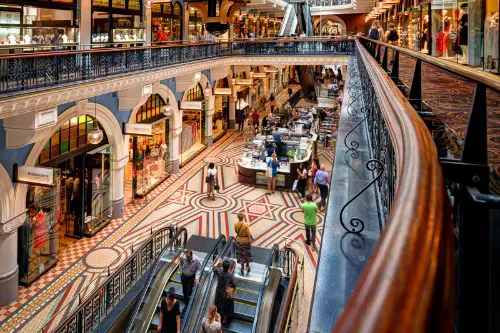
While shopping malls are now a staple of suburban America, the concept of the mall was revolutionized in Washington, D.C. In the 1950s, the city’s design and the creation of the first enclosed shopping centers influenced how malls were conceived in America. The nation’s capital, already a hub of architectural development, was the birthplace of this modern concept. Washington, D.C.’s influence on consumer culture made the mall a nationwide phenomenon.
These expansive centers were not just about shopping; they became community gathering spots and symbols of American consumerism. From food courts to movie theaters, malls quickly became part of the American landscape. Whether in small towns or big cities, the shopping mall became an essential part of daily life. The trend started in D.C., but it eventually reached every state in the country.
6. The Super Bowl – New York/New Jersey
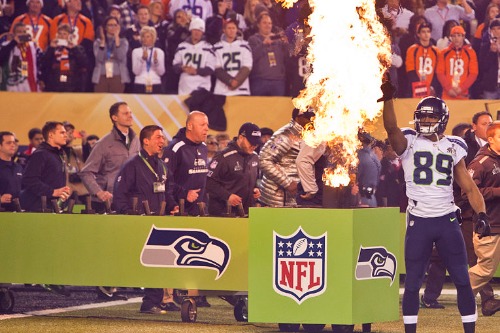
The Super Bowl, one of the biggest sporting events in the U.S., has its roots in the New York area. The game was first played in 1967, after the AFL-NFL merger, and the first Super Bowl was in Los Angeles. However, it was the New York/New Jersey area that helped the event gain traction, particularly with the 1969 game played in the Meadowlands. The game quickly became a national spectacle, with its commercials and halftime shows adding to its cultural significance.
Over the years, the Super Bowl has grown into an event that transcends sports. It has become a day for families to gather, watch the game, and partake in celebrations. No longer just a football game, it’s a nationwide occasion where even non-football fans can join in. Thanks to the legacy of the New York/New Jersey region, it has become a cultural touchstone across America.
7. Country Music – Tennessee
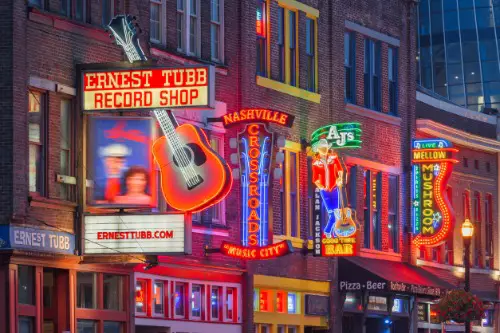
When we think of country music, Tennessee immediately comes to mind, especially Nashville, which is known as the “Music City.” The roots of country music trace back to Appalachian folk music and the early recording pioneers of the 1920s. Country music’s rise to national prominence happened in the heart of Tennessee, where artists like Johnny Cash and Dolly Parton recorded their timeless hits. These artists brought the sounds of Tennessee to radio stations across the nation.
Country music’s reach today is far beyond its Southern roots. The genre has become integral to American culture, influencing everything from fashion to pop music. Music festivals, award shows, and concerts celebrating country music happen nationwide. Thanks to Tennessee, country music remains one of the most beloved and enduring genres in American culture.
8. The Summer Road Trip – California
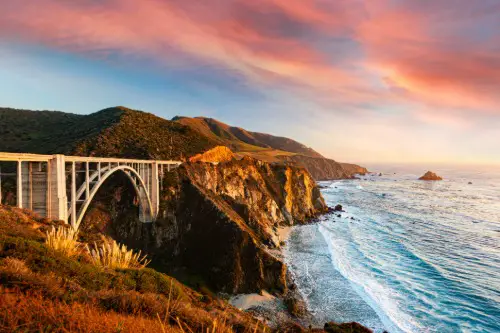
While the summer road trip has become a classic American tradition, its origins can be traced to California. In the 1920s, the development of the U.S. highway system helped make long-distance travel more accessible to everyday Americans. This led to the rise of automobile tourism, with California serving as the ultimate destination for travelers seeking sun and sand. The state’s scenic routes and iconic beaches made it a top spot for road-trippers.
Over time, the concept of the summer road trip spread, becoming part of the American experience. Families, friends, and individuals hit the road to explore the vast landscapes of the U.S. Whether it’s Route 66 or the Pacific Coast Highway, road trips have become a rite of passage. California’s role in popularizing the road trip is evident, with the state remaining one of the most iconic places to visit.
9. Mardi Gras – Louisiana
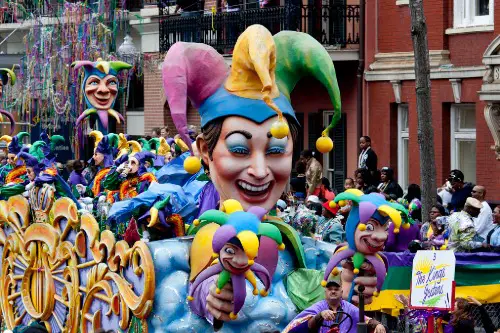
Mardi Gras, a vibrant festival of parades, costumes, and revelry, started in Louisiana, specifically in New Orleans. This celebration has roots in French Catholic traditions, with the first recorded American Mardi Gras occurring in 1781. The colorful and exuberant festivities became an annual tradition, with New Orleans hosting the largest celebrations. The event spread beyond Louisiana, drawing thousands of visitors to experience the unique culture.
Today, Mardi Gras is a tradition celebrated in cities across the U.S. While New Orleans remains the heart of the celebration, many other regions have adopted their own versions. From the costumes to the music and dancing, Mardi Gras is a nationwide symbol of fun and festivity. Louisiana’s distinct culture has made Mardi Gras a beloved tradition for people far beyond its borders.
10. Apple Pie – Connecticut
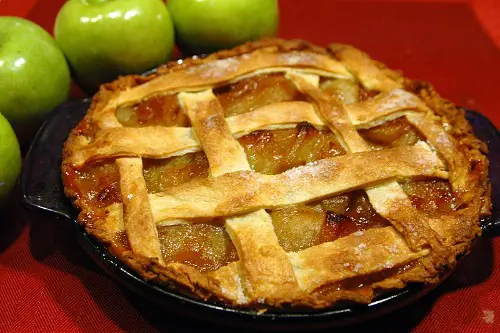
When it comes to American food traditions, apple pie stands out, but its roots can be traced back to Connecticut. The tradition of baking pies with apples, a fruit native to the region, became popular in the early American colonies. Connecticut’s colonial settlers made apple pie a staple dessert, thanks to the abundance of local apples. Over time, this pie became symbolic of the nation’s values and culture, tied to the ideal of home and hearth.
Apple pie’s rise to national prominence can be attributed to its delicious simplicity and cultural significance. It’s no surprise that the phrase “as American as apple pie” became synonymous with all things quintessentially American. The dessert has been embraced by every region, with families baking it for holidays and special occasions. The influence of Connecticut in shaping this beloved tradition is undeniable.
11. High School Football – Texas
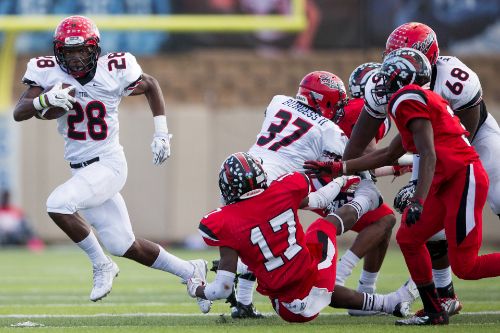
High school football in Texas is practically a religion, and this passion for the sport began as a small-town tradition. In the early 1900s, Texas schools began forming teams and playing competitive games. By the 1930s, football became an integral part of Texas high school culture. The state’s deep-rooted love for the sport helped it grow into a nationwide passion, influencing school sports across the country.
High school football is now a major event in towns large and small across the U.S. From Friday night lights to pep rallies, it’s become a cultural event that unites communities. Texas schools have produced some of the nation’s top athletes, cementing the state’s legacy in the sport. What started in small Texas towns is now a tradition embraced throughout America.
12. The Pledge of Allegiance – New York
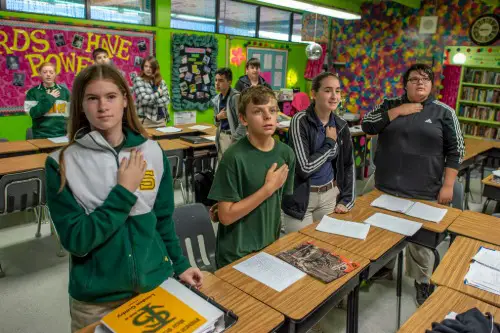
The Pledge of Allegiance, a staple of American patriotism, was written in 1892 by Francis Bellamy, a New York minister. The original purpose of the pledge was to encourage schoolchildren to honor the flag and the nation’s ideals. What started as a small effort to promote unity in schools quickly spread across the country. Schools and government institutions across the U.S. adopted it, solidifying its place in American tradition.
Today, the Pledge of Allegiance is recited in schools and government buildings across the nation. It serves as a reminder of American values, from liberty to democracy. Its inclusion in daily rituals, like morning announcements, shows how deeply ingrained this tradition has become. New York’s role in creating the pledge gives it a lasting legacy that still resonates in America’s public life.
13. The National Park System – Wyoming
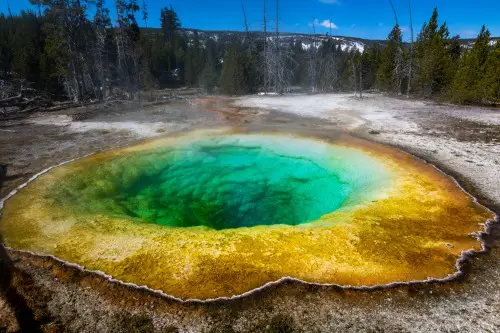
The U.S. National Park System, which now preserves millions of acres of land, began with Yellowstone in Wyoming in 1872. The establishment of Yellowstone as the world’s first national park helped spark a movement to protect America’s natural beauty. It was in Wyoming where this innovative idea of public land preservation first took hold. The park system’s success in Wyoming inspired other states to protect their own wilderness areas.
Today, the National Park Service oversees over 400 sites across the U.S., including monuments, historic sites, and recreation areas. Yellowstone set the precedent for how the country values its natural heritage. People from all over the world visit these parks, making them an integral part of American culture. Wyoming’s role in starting the park system makes it a key player in preserving the country’s landscape.
14. The Drive-In Movie – California
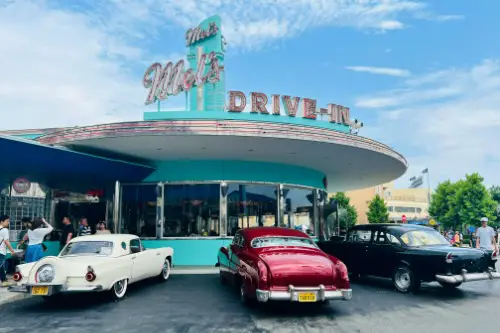
The drive-in movie theater is another iconic American tradition that began in California. In 1933, Richard Hollingshead opened the first drive-in theater in Camden, New Jersey, but it was California that helped popularize the idea. The state’s perfect weather and the growing popularity of cars made it an ideal place for this outdoor cinema experience. Soon, drive-ins dotted the landscape from coast to coast, offering a unique way for families to enjoy movies.
Though the drive-in theaters are less common today, they’re still fondly remembered in American pop culture. They evoke a sense of nostalgia for simpler times when families would pile into cars and enjoy a film under the stars. California’s role in popularizing this form of entertainment is significant, and it remains a part of the nation’s cinematic history. Even as technology advances, the memory of the drive-in continues to capture the imagination of many Americans.


